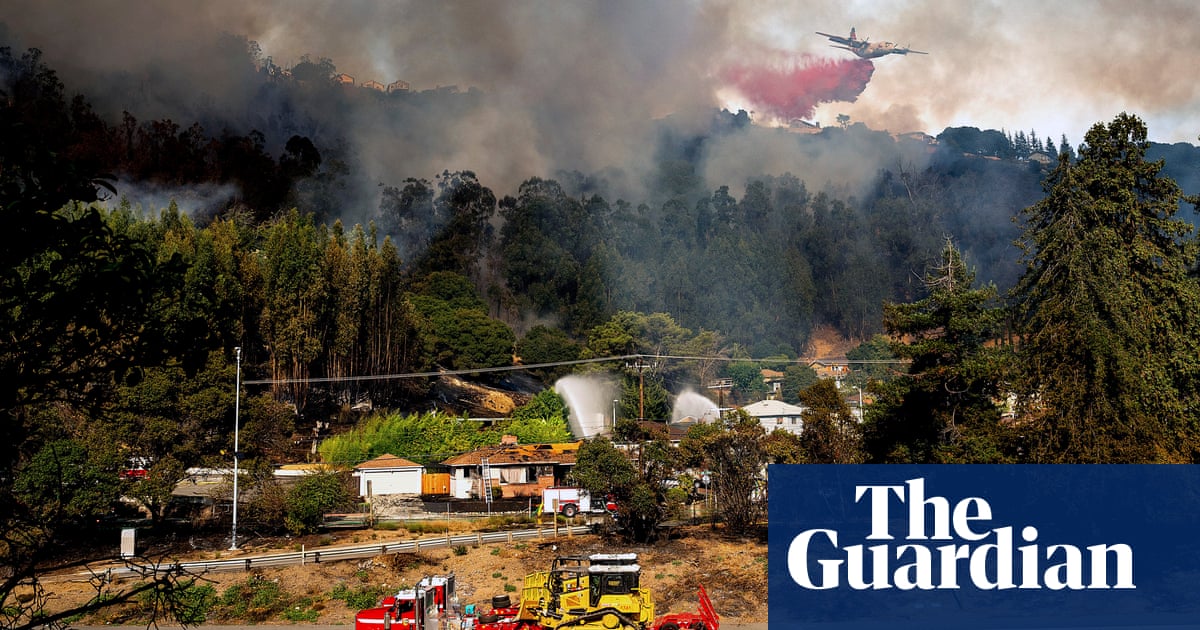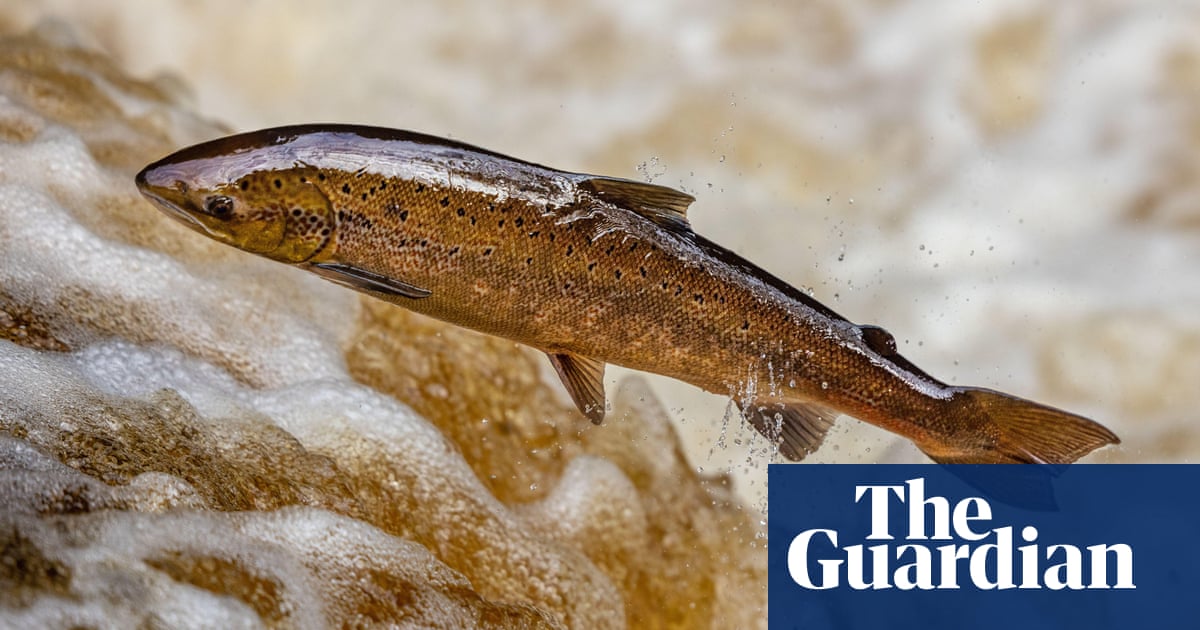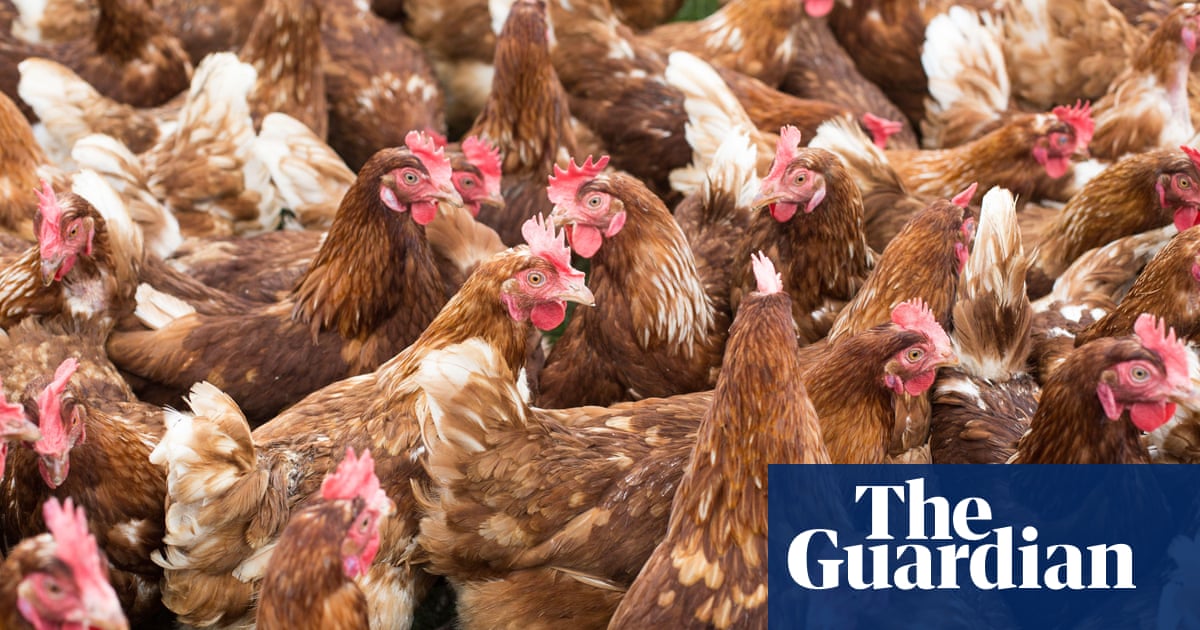It is the second-best place for nightingales in the country, a sanctuary for rare barbastelle bats and home to nearly 1,500 invertebrate species, including a quarter of all Britainâs spider species. But Middlewick Ranges on the edge of Colchester is poised to be sold by the Ministry of Defence for 1,000 new homes.
Conservation scientists have written to the UK defence secretary, John Healey, urging him to reverse the decision to sell the 76-hectare (187.8-acre) site for housing. Experts who have fought the proposals for eight years say the house-building is based on faulty and flawed environmental evidence and must be reversed.
A freedom of information request by campaigners has revealed an ecological report that in 2017 identified large swaths of rare acid grassland at Middlewick, which has been untouched by a plough for at least 200 years and contains more than 10% of Essexâs remaining acid grassland.
This report was not seen by Colchester city councillors when they allocated 1,000 homes to Middlewick in their local plan. A subsequent ecological report produced for the MoD in 2020 then downgraded almost half of the acid grassland. Conservation scientists say this vastly underestimates Middlewickâs natural riches, and makes it easier to build houses on the site.
Local campaigners also accuse the MoD of destroying scrub habitat of about 12 singing nightingales during new fencing works for a mitigation site south of Middlewick, which is controversially designed to provide biodiversity net gain (BNG) â as required by law when building new homes.
According to development plans by the MoDâs property arm, the Defence Infrastructure Organisation, acid grassland destroyed by the new homes can be replaced by adding sulphur to mitigation land to create ânewâ acid grassland. But conservationists say these methods are unproved and reckless, and it is impossible to replicate the richness of wildlife found in the undisturbed acidic soils of the ranges.
âItâs far bigger than one site in one part of Essex. If this goes ahead, it sets a catastrophic national precedent,â said Martin Pugh, a senior ecological consultant and deputy chair of Friends of Middlewick. âThis idea that every habitat is replaceable is a misuse of biodiversity net gain. We need to draw a red line and say this is irreplaceable habitat. Middlewick is a litmus test. If this is allowed to pass, it makes a mockery of BNG.â
Middlewick has been a military range for more than 150 years, and local people have enjoyed its open green spaces when manoeuvres are not taking place. The MoD stopped using the site in 2021, and fenced-off areas have naturally rewilded, with new scrubland providing valuable habitat for nightingales. A survey this year found 59 singing males in the area affected by the development, part of a larger population in the area that is the second-best in the country after Lodge Hill in Kent, another MoD site once earmarked for development, which was reprieved after it was made a site of special scientific interest (SSSI) in 2014.
Conservation scientists say Middlewick could qualify as an SSSI for any one of at least five criteria, including its rare invertebrates, acid grassland, barbastelle bats, nightingales and ancient oak trees. The former firing range is also home to threatened species including the endangered necklace ground beetle and the four-banded weevil-wasp â a wasp only found in Essex and Kent â and thriving populations of reptiles, amphibians, mammals and specialist waxcap fungi.
During the long-running saga, the MoD claimed a bespoke biodiversity metric can be used to show a developer is adding wildlife value. According to campaigners, it will be impossible to show an uplift in biodiversity by destroying the acid grassland and its species.
An assessment of the two contradictory ecological reports by Pugh, a qualified environmental consultant with 19 yearsâ experience, found that the 2020 report incorrectly reduced the amount of acid grassland at Middlewick by almost half: from 52.88 hectares mapped in 2017 to 32.52 hectares. Pugh said the 2020 report mislabelled 20.36 hectares of acid grassland as âpoor, semi-improved grasslandâ, which is of much lower biodiversity value.
On a Guardian visit, plant species such as sheepâs sorrel â an indicator of acid grassland â were widely found on areas that were reclassified in the 2020 survey as not being acid grassland.
Classifying these areas as much less biodiverse grassland makes it much easier for the siteâs developers to claim there will be biodiversity net gain if Middlewick is built upon.
after newsletter promotion
According to the Ministry of Defence, it is up to the local authority and its new owner âto determine the development of the siteâ. An MOD spokesperson said: âWe commissioned a comprehensive range of surveys over a three-year period to ensure that environmental impacts were understood and mitigated.â
Colchester city council said: âThe 2020 report provided a more detailed analysis of the siteâs ecology, building on the earlier findings from the 2017 desktop study. This study was designed to establish the scope of ecological evidence needed for the later planning stages.â In response, campaigners said the more accurate 2017 report was not a desktop survey but included lengthy surveys by two qualified botanists.
As part of a five-year review of its local plan, the council will now re-examine the allocations of houses to all sites, including Middlewick Ranges. Cllr Andrea Luxford Vaughan, who holds the planning portfolio, said: âThis review will consider all new evidence, including the findings from the latest ecological surveys commissioned by the council, to ensure that we continue to make informed and responsible decisions.â
In a council meeting, LuxfordVaughan said: âI think itâs widely accepted that the Stantec [2020] report was rubbish.â Stantec, the company that produced the 2020 survey, defended the report saying it was âtechnically soundâ and âaccurate at the time of writingâ.
The council also said it had begun conducting new botanical and invertebrate surveys across various seasons âto ensure a complete environmental picture of the Middlewick siteâ and that these would âguide future planning decisionsâ.
Jeremy Dagley, the director of conservation at Essex Wildlife Trust, said: âIt is this level of detail that should have been provided six years ago â and which would have demonstrated that the site was not an appropriate place for development anywhere within its boundary.
âIt is astonishing it is not an SSSI. It is of the same ecological importance as acid grasslands of fully protected SSSIs, like Epping Forest. The dream scenario would be to make it a nature reserve that people could access.â









